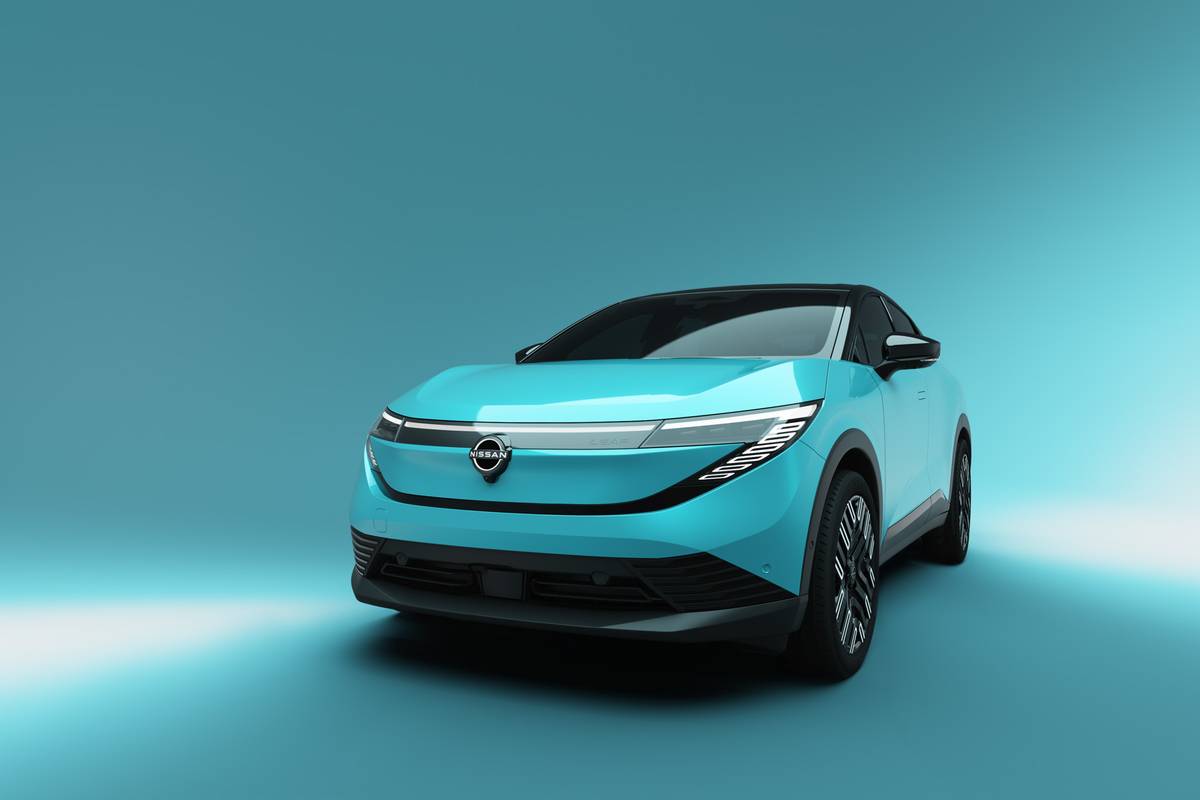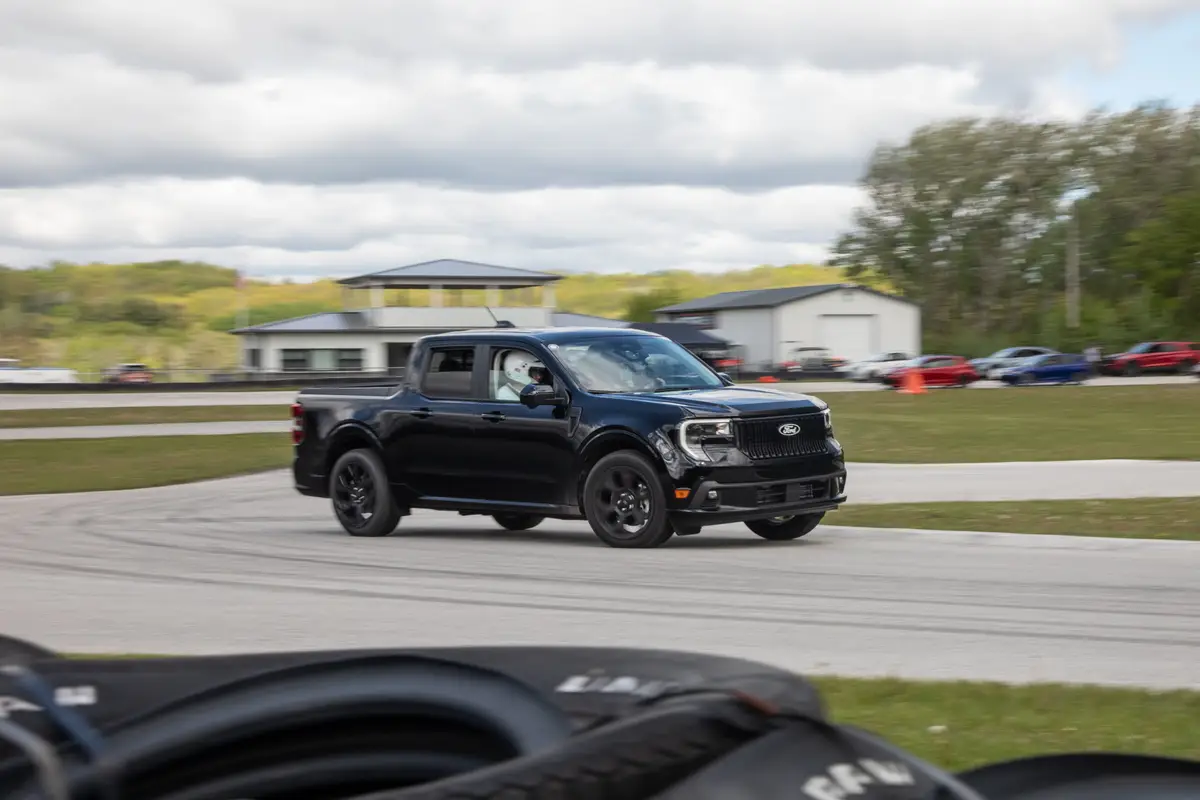chicagotribune.com's view
Ho-hum.
Another compact sport-utility vehicle enters the fray to do battle with the likes of the Ford Escape, Jeep Liberty, Toyota RAV4 and Honda CR-V that dominate the field and the Mazda Tribute, Subaru Forester, Suzuki Vitara, Saturn VUE, Kia Sportage, Jeep Wrangler, Land Rover Freelander, Hyundai Santa Fe and Chevrolet Tracker that trail.
The new contestant is the Outlander. It’s from Mitsubishi, the automaker with the name that’s easier to spell than pronounce.
Though Outlander strongly resembles a tall-roofed station wagon with all-wheel-drive, Mitsubishi calls it a “crossover, entry-level SUV.”
Personally, that word “crossover” has become troublesome. Cross means mixing at least two things together. Crossover means leaving one thing in favor of another, such as leaving the Democrats to join the Republicans or giving up on the Cubs to cheer for the Sox, though when it comes to Chicago baseball, cheer is a word to be used only in April.
If it looks like a duck and quacks like a duck but has a tall roof, supposedly the auto industry now wants us to believe it’s a sport-ute and not a station wagon.
The industry steadfastly refuses to call these things wagons and declines to call them what they really are–multipurpose vehicles that combine sedan/wagon/sport-ute features into one machine.
In our humble opinion there are more pressing matters than whether it’s a crossover or a wagon or an SUV–such as whether Willie Nelson will get a haircut or whether Martha Stewart will do KP in the federal pen. But it sure would be nice if everyone got on the same page and came up with a proper label.
Hybrid would be nice, though that’s been claimed by vehicles with at least two energy sources. Be nice if vehicles operated on at least two energy sources were called alternative-fuel vehicles so hybrids could be used properly.
But we digress.
Whatever you call it, Outlander is one of the standouts in the bunch.
It looks a lot better than a RAV4 or CR-V thanks to its bold front end that gives the perception of ruggedness. Mitsubishi says the design is “edgy.”
And it’s just as roomy, if not more so, than its rivals, especially in the back seat, where head, leg and arm room are adult size.
Outlander is built off the Mitsubishi Lancer sedan platform. Hmm, rather than fool with crossover, it should simply be called Lancerette.
It’s offered in two-wheel-drive, starting at about $16,000 for a base LS, or full-time four-wheel-drive, starting at about $21,000 for the top-of-the-line XLS. Pricing will be announced in a few weeks, before Outlander goes on sale late this month.
Whichever version you choose, you get a nicely equipped machine. All come with automatic transmission, air conditioning, power windows and locks. No manual price leader.
For a compact SUV, the ride is surprisingly pleasant, one reason, of course, being th at it is built off the Lancer sedan platform and not based on a truck. The suspension keeps road shock to a minimum. Good handling, too, though perhaps that’s because we tested the Outlander XLS in 4WD form, which delivers optimum stability.
The 4WD is full time. No transfer-case levers to yank, no dials to twist or turn. Nice all-season security.
One shortcoming is the 2.4-liter, 140-horsepower 4-cylinder, the same as in the base Mitsubishi Galant, Eclipse coupe and Spyder. It gets you off the line and away from the light, but not with much spunk. Plan in advance to pass, don’t just hit the turn-signal indicator and pull into the passing lane or you may be there a while.
What it lacks in raw power, it makes up for in fuel economy–20 m.p.g. city/25 m.p.g. highway with 4WD and automatic.
Noteworthy goodies include power plugs front and rear; rear seat backs that recline for added comfort on long trips; split, folding rear seat backs to increa cargo capacity; and a removable cargo floor that reveals plastic stowage trays and a cargo shade that slips out of its hiding spot and into indents along the rear walls to keep items out of sight.
Though you have to fuss a bit to get the shade out of hiding to use it. But when not in use, it’s out of the way under the floor and not rolling around in back.
Nice touches include narrow rear-seat armrests in the doors to allow for increased thigh room; center rear seat fold down armrest with cupholders; a covered coin holder low in the dash below the steering column where the money is out of sight; and wide, supportive seats.
Good room, comfort and mileage, above-average looks and 4WD to take on rain or snow. Price looks respectable providing Mitsubishi doesn’t go overboard on options, such as anti-lock brakes and the Sun/Sound package with Infinity audio with AM/FM/CD, which includes a power sunroof and leather seats for those inclined to add a luxury item to an economy sport-ute.
Outlander is aimed at active 30- to 45-year-old marrieds with household incomes of $60,000 who have outgrown a Galant or Eclipse but can’t or don’t want to move into a $25,000 Montero Sport. Mitsubishi is counting on sales of at least 40,000 units annually.
Outlander joins the midsize Montero Sport and full-size Montero sport-utes at Mitsubishi. But Outlander, which is built in Japan at the plant that assembles the Lancer sedan, won’t be the automaker’s last sport-ute.
In January, it will be joined by the Endeavor, a larger sport-ute built off the next-generation Galant/Eclipse platform at Mitsubishi’s plant in Normal, Ill.
That means Endeavor, like Outlander, will be car based, yet offer a choice of 2WD or 4WD.
Endeavor will be the first vehicle at Normal off the new longer, wider platform.
Galant will switch to that platform in the fall of ’03, and Eclipse goes that route shortly thereafter.
Endeavor will be bigger than a Jeep Grand Cherokee and roughly the size of a Honda Pilot or Toyota Highlander SUV.
The sales forecast is 60,000 annually.
Latest news



